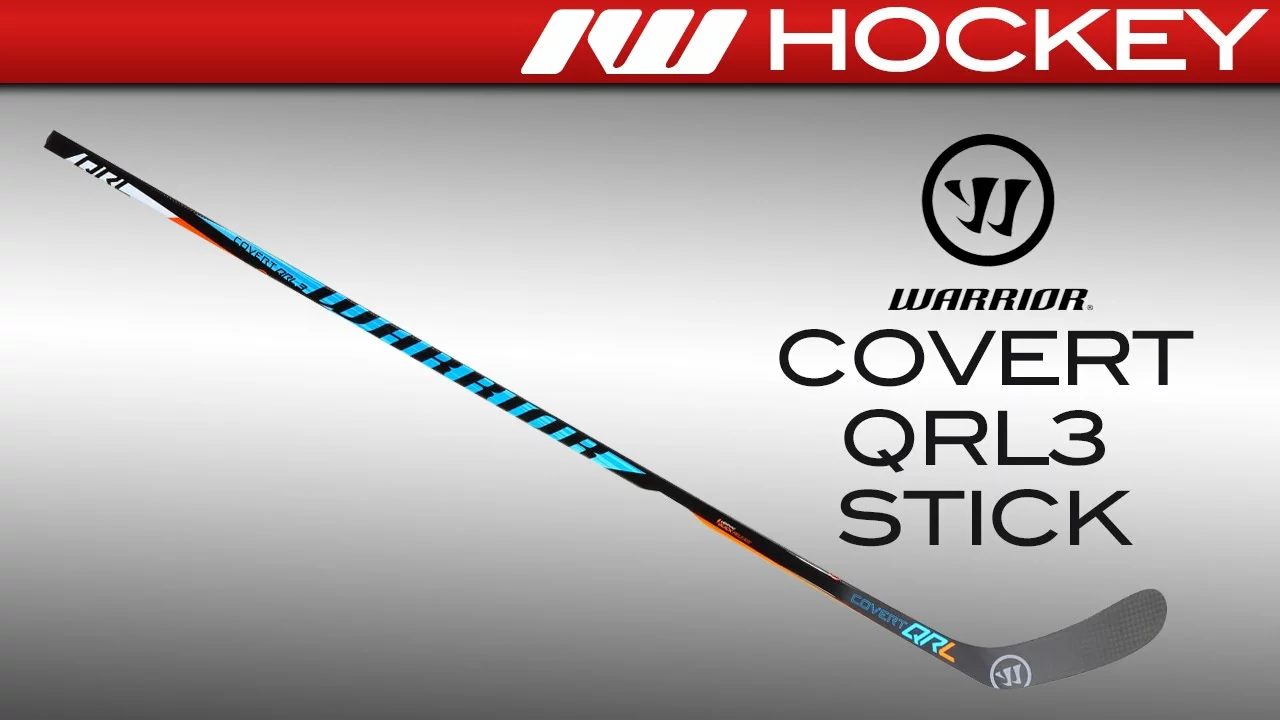Whats the best way to tell a good hockey stick from a bad one?
 Jul, 28 2023
Jul, 28 2023
Ice hockey: craftsmanship or just a piece of wood?
Before we launch into the deep end of distinguishing good hockey sticks from the not-so-good ones, it's important to understand the voyage this incredible sports equipment has made. Once just a chop and join of raw wood or crude metal, today's sticks are like carbon-crafted wands straight out of Harry Potter's wizarding world. Each part of the stick is meticulously engineered, from the grip to the blade. It's a world where craftsmanship meets innovation to create an instrument that can help a player fly across the rink, the puck dancing on their stick as if by magic. The choice of stick can transform you from an uncertain beginner to a confident player executing slap shots like a pro.
The Blade: More than Just the Cutting Edge
Let me spill a secret for you - you can tell a good stick from a bad one by examining its blade. The blade is the part of your stick that will see some serious puck action, and it ends up determining the character of your game. It's the difference between a delicious medium-rare steak and one that's been frazzled on fire. Needless to say, one of these options is far more appetizing than the other.
Bad blades are often too stiff, too soft, or poorly balanced - they could send your puck flying haphazardly instead of smoothly across the ice. Good blades, however, are perfectly balanced and should feel like a natural extension of your arm. They come in varying curves and faces to suit different styles of play. Some are tailor-made for slap shots while others favor precise wrist shots or deft stick handling.
The Shaft: Where Grip and Control Meet
The shaft is to hockey as a steering wheel is to driving - essential for control and direction. A high-quality stick will have a shaft that's both durable and lightweight, and it should perfectly sync with your style. Much like how some people prefer holding their coffee mug by the handle, while others like cradling it in their hands, the grip on the stick is very personal and can drastically affect your game.
Thickness, shape, stickiness of the grip, and the overall feel are aspects to consider. Remember, it's not about finding the best grip in the world, but the best one for you. It's like finding your soulmate, but in the form of a stick. You just know when it feels right!
Flex: Your Magic Number
Imagine you are Goldilocks trying to choose the right bed - some are too hard, some are too soft, but one is just right. The flex of your stick is this 'just right'-ness factor. The flex rating tells you how much your stick will bend under pressure, so it's significant when it comes to generating your shot power.
Poor quality sticks often misrepresent their flex ratings or have inconsistent flex along their length, which can lead to unpredictable shots or even wrist injuries. The right flex, on the other hand, can help you channel your inner Wayne Gretzky. It translates your energy into the puck with optimal power and control, making your shots more accurate.
Weight and Balance: The Tipping Point
The weight and balance of a hockey stick pull a Houdini on us - invisible, but boy can they make or break a performance. A heavier stick might feel good in the store but could slow you down when you're on the rink. On the flip side, a stick too light might speed you up but could also make your shots go wild.
Balance-wise, superior sticks have their center of gravity located in the middle to allow for an effortless and controlled swing. It's a dance of physics and engineering, and a good hockey stick ensures you keep tangoing with ease. Poorly balanced sticks, however, might leave you with clunky moves and missed shots - and we don't want that, do we?
Durability: The Lifespan of a Warrior
Hockey is no sport for the faint-hearted, and the best hockey stick isn't either. Good sticks are built to withstand the hustle and clashes of intense games. They are like warriors, ready to face any battles that come their way. They resist chipping, handle shocks well and retain their responsiveness over time.
Bad sticks, however, could crack under pressure (both literal and metaphorical), resulting in premature breakages or reduced on-ice performance. They remind you of that one friend who baked cookies for the first time and burnt them all. Promising, but just not there yet.
Price: The Invisible Hand
Last but not least, comes the invisible and often overlooked factor: the price. It's important to know that a good hockey stick does not necessarily have to empty your bank account. What really matters is how well the stick complements your style of play, your comfort, and your game skills.
Higher-end sticks usually offer customizations and are made from more advanced materials, but that doesn't mean beginners or intermediate players cannot find a decent stick in affordable ranges. So, as excited as you might be to splurge on the latest carbon-fiber-wonder, remember it's not just about the price but the value it offers you as a player.
And there you have it folks, a comprehensive guide to tell the superstars from the benchwarmers when it comes to hockey sticks. Next time you find yourself in the stick aisle, remember these secrets. Your perfect stick is out there, waiting for you. Go find it and let the magic unfold on ice!